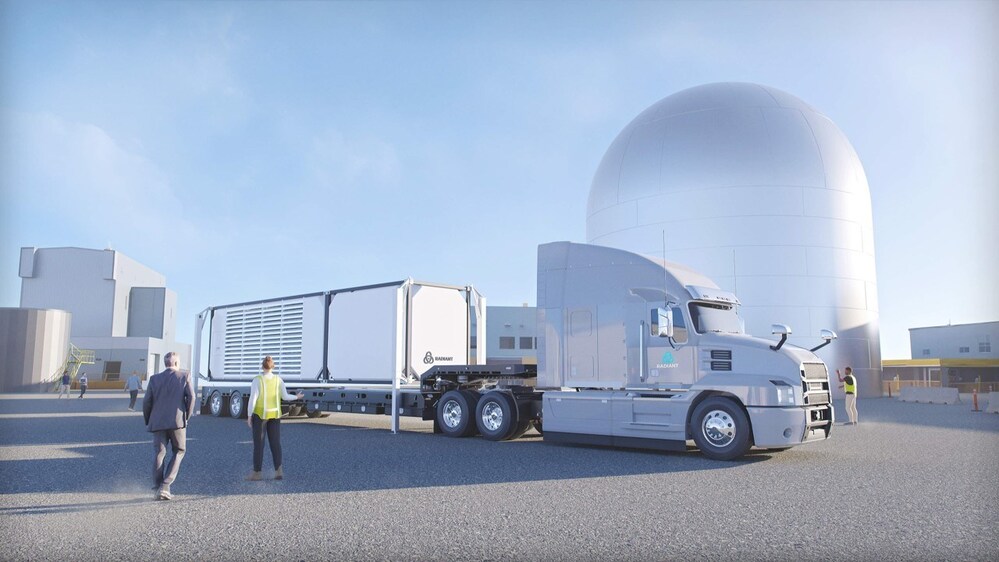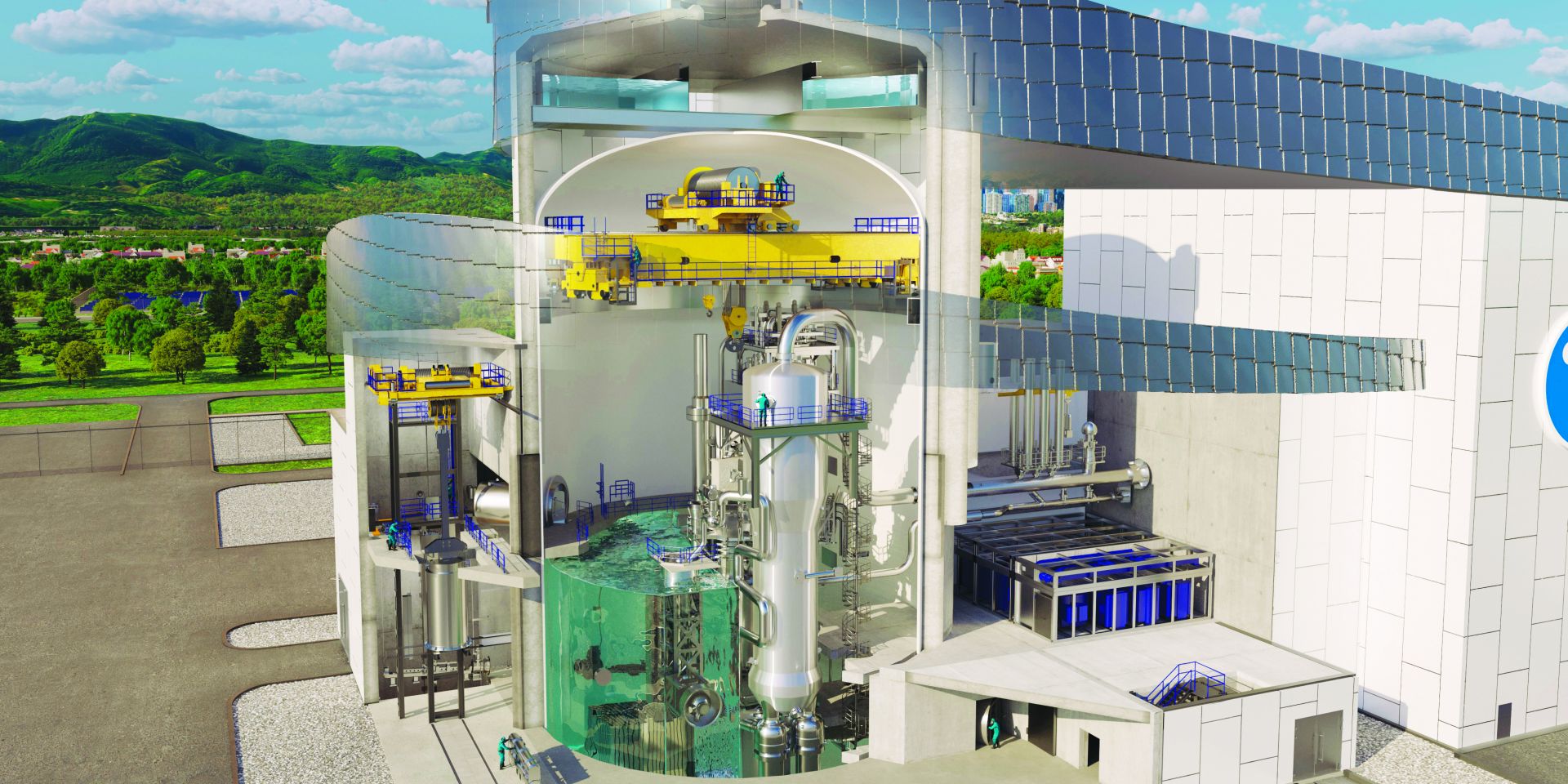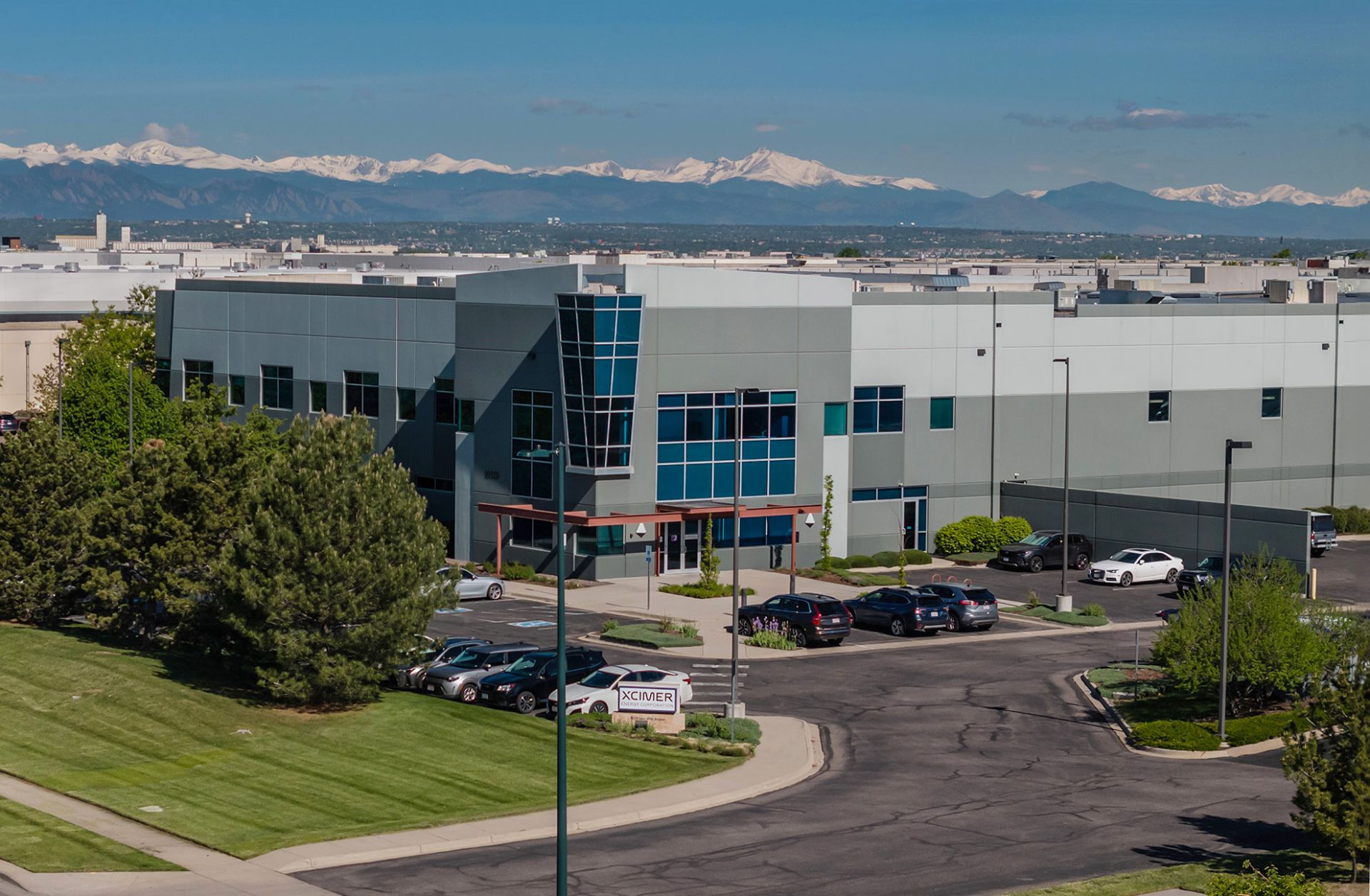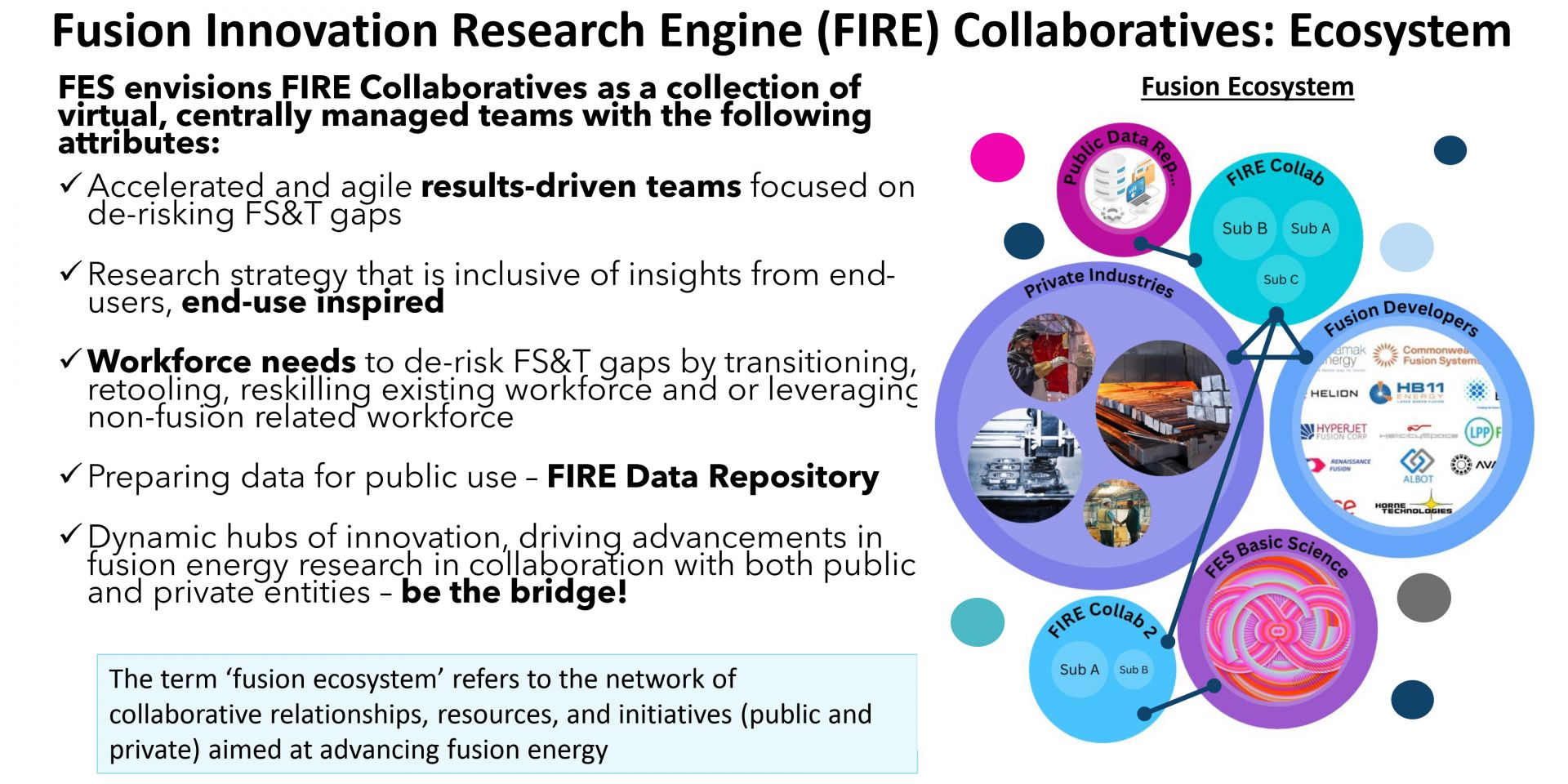Concept art showing the delivery of Radiant’s Kaleidos to the DOME test bed. (Image: Radiant Industries/Ryan Seper)
Radiant Industries announced on June 4 that the safety design strategy (SDS) for a test of its Kaleidos microreactor in the National Reactor Innovation Center’s DOME test bed at Idaho National Laboratory now has approval from the Department of Energy. Radiant hopes to test Kaleidos—a 1-MW high-temperature, gas-cooled reactor—by 2026 and then market portable commercial reactors to power remote locations and provide backup or primary power for critical applications in hospitals or for disaster relief.
Trends in percentages of the U.S. public favoring or opposing nuclear energy from 1983 to 2024. (Graphic: Bisconti Research)
Results of two new surveys have shed light on American public opinion regarding nuclear energy. The surveys, which were conducted with very different methods, offer generally encouraging news for the nuclear industry.
Gov. Gavin Newsom visits Diablo Canyon in this 2023 photo (Source: Governor’s office)
In budget discussions conducted last week, the California legislature rejected a $400 million budget item to help keep the state’s sole remaining nuclear plant operational.
Diablo Canyon—owned by Pacific Gas & Electric—has been the subject of much debate in California. To meet grid demands during a record hot summer in 2022, Gov. Gavin Newsom had cut a deal to give $1.4 billion to support continued operations at the 2,200-MWe nuclear facility.
Release of sterile mosquitoes on Captiva Island in Lee County, Fla. (Photo: LCMCD)
Sterile mosquitoes are being used to reduce the population of insecticide-resistant Aedes aegypti mosquitoes in Fort Myers, Fla., which can spread viruses including dengue, yellow fever, Zika, and chikungunya.
Craig Piercy, ANS Executive Director/CEO (third from left), and ANS Board member Jess Gehin, associate laboratory director for nuclear science & technology at Idaho National Laboratory (second from left), join other officials at the ceremonial groundbreaking for TerraPower’s Natrium reactor demonstration project.
A ceremony in Wyoming yesterday marked the official start of construction of TerraPower’s planned Natrium reactor demonstration project.
While currently awaiting final review from the U.S. Nuclear Regulatory Commission, TerraPower is moving forward with nonnuclear construction work at a retired coal plant near Kemmerer, Wyo. The groundbreaking brought together TerraPower leaders, government officials, Natrium project partners, industry advocates, and community supporters.
A cut-away view of Westinghouse’s AP300 reactor. (Image: Westinghouse)
Power generation from nuclear fission as a clean and stable source of electricity has secured the interest of policymakers and industry leaders around the globe. Last fall, the United States spearheaded a pledge at COP28 to get countries to agree to triple nuclear capacity worldwide, and recently the members of the Group of 7 (G7) nations that currently use nuclear power have reaffirmed their pledges to invest in that power source to cut carbon emissions.
As of this writing, U.S. policymakers are trying to make good on that promise by passing legislation to support nuclear power, funding the domestic fuel supply chain, and working to pass the ADVANCE Act. On top of the support from Washington, D.C., power-hungry industries like data centers and chemical engineering are looking to secure stable, carbon-free power directly from power plants.
Xcimer Energy’s headquarters in Denver, Colo. (Photo: Xcimer Energy)
Xcimer Energy announced June 4 that it has raised $100 million in Series A financing for a new facility in Denver, Colo., that will host a prototype laser system with “the world’s largest nonlinear optical pulse compression system.” As a private fusion developer, Xcimer wants to “extend the proven science of inertial fusion to industrial scale” with the help of that laser system and “key technologies and innovations from multiple fields.”
The DIII-D Superfacility team. (Photo: General Atomics)
Researchers at the DIII-D National Fusion Facility, the National Energy Research Scientific Computing Center (NERSC) at Lawrence Berkeley National Laboratory (LBNL), and the Energy Sciences Network (ESnet) are teaming up to make the high-performance computing (HPC) powers of NERSC available to DIII-D researchers through ESnet—a high-speed data network. Their collaboration, described in a May 29 news release, in effect boosts the computing power behind DIII-D’s diagnostic tools to make more data from fusion experiments available to researchers at DIII-D in San Diego and to the global fusion research community.
Concept art of Last Energy’s balance-of-plant. (Image: Last Energy)
Last Energy, a Washington, D.C.-based microreactor developer, announced last week a partnership with the NATO Energy Security Centre of Excellence (ENSEC) to jointly research military applications for microreactor power and explore opportunities for future microreactor deployments on NATO military installations.
A slide on the FIRE collaboratives presented during a recent FES webinar. (Graphic: FES)
The Department of Energy’s Office of Fusion Energy Sciences (FES) wants Fusion Innovation Research Engine (FIRE) collaboratives to be a bridge between FES’s basic science research programs and the growing fusion industry. A funding opportunity announcement released May 22 explains that FIRE will be a “transformative initiative aimed at creating a fusion innovation ecosystem” with virtual, centrally managed collaboratives working on “end-use inspired” fusion science and technology R&D.



 2x1.jpg)












